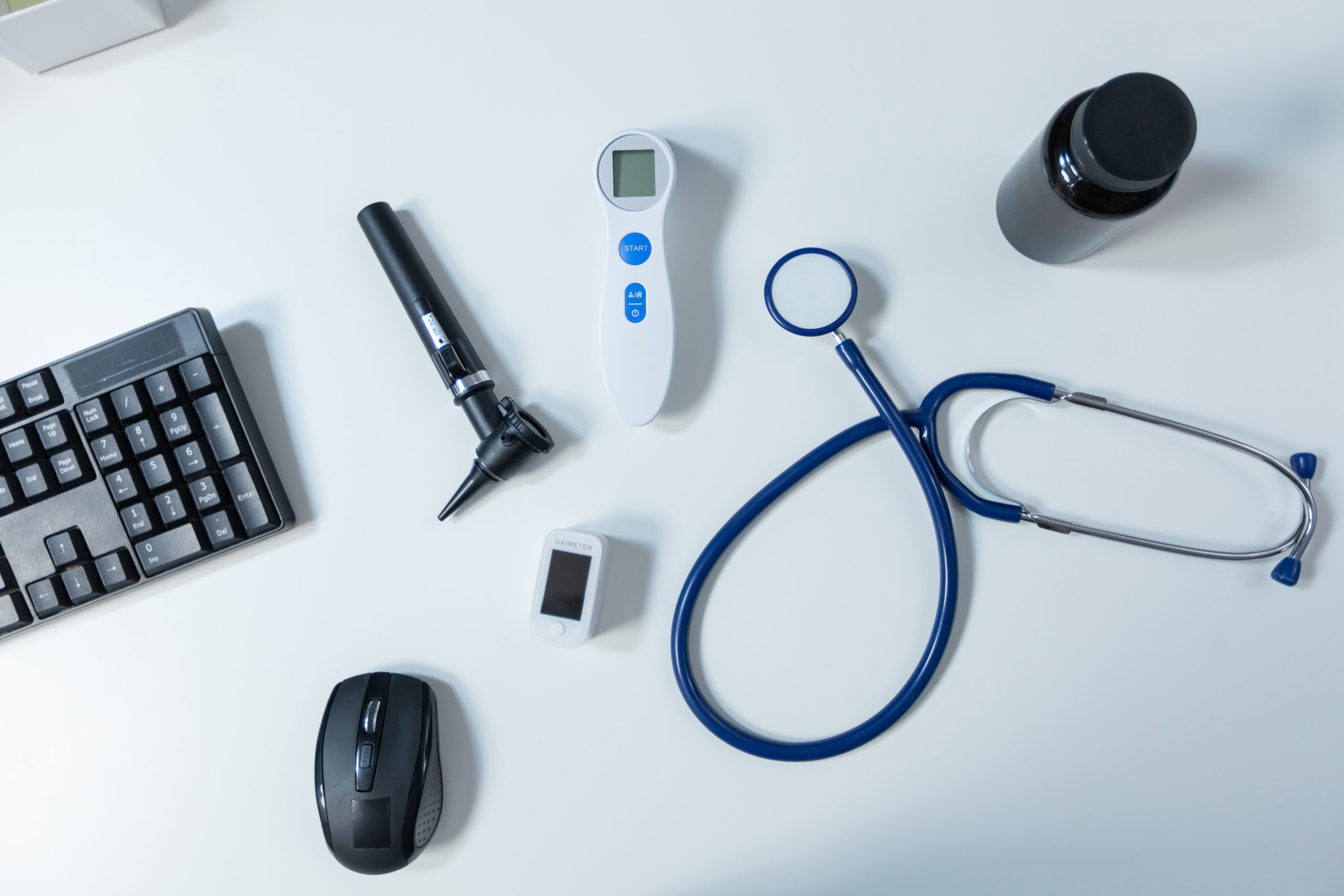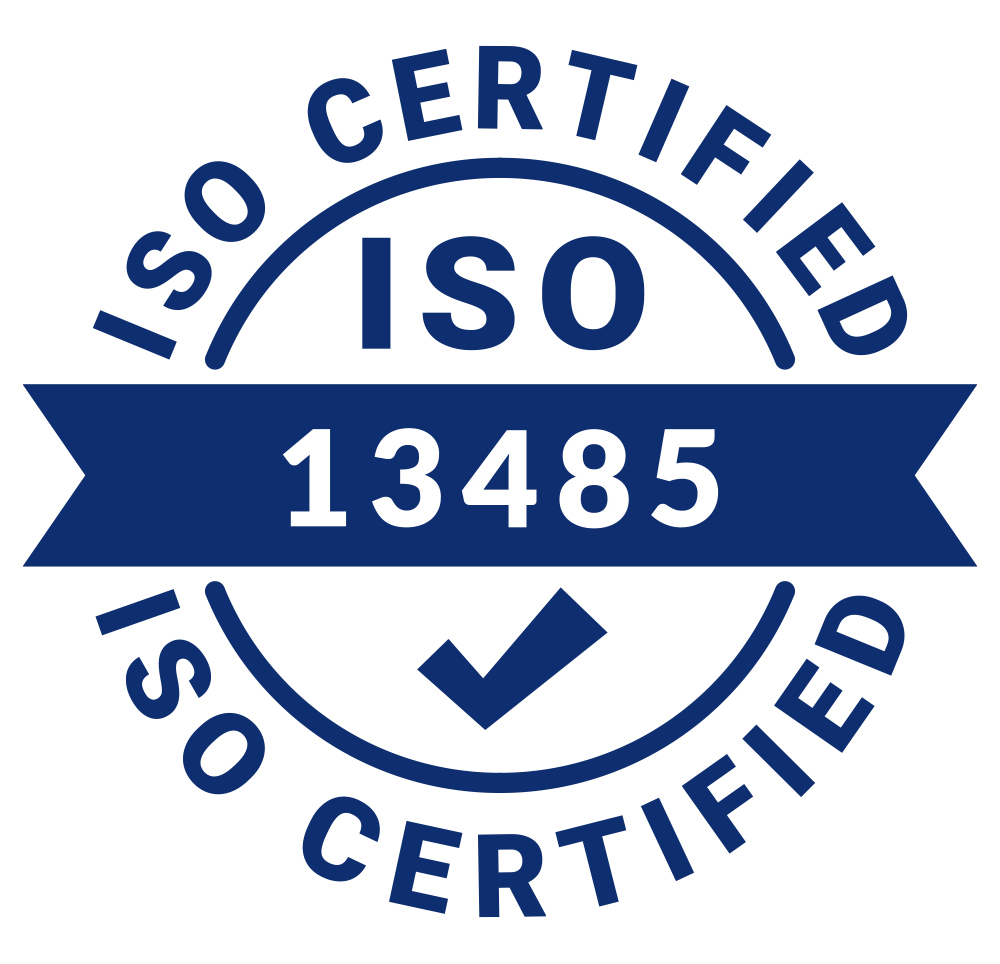What Is CE Certification and Why Does It Matter?
The CE mark (Conformité Européenne) indicates that a product complies with EU regulations and can be sold freely in the European Economic Area. For medical devices, it’s not just a label—it represents conformity with strict requirements for safety, performance, hygiene, and traceability.
Products like gauze, elastic bandages, and plasters cannot legally be marketed in Europe without CE marking.
6 Key Steps to Obtain CE Certification
1. Classify Your Product (Risk Classification)
The first step is determining the product’s risk class under the Medical Device Regulation (MDR):
- Class I: Low risk (most medical textile products fall here)
- Class IIa / IIb: Moderate risk
- Class III: High risk
Sterile or long-term contact products may be classified in higher risk categories.
2. Choose the Appropriate Conformity Assessment Procedure
The required procedure depends on the product’s class:
- For Class I, manufacturers often self-declare conformity.
- For Class II and III, a Notified Body (independent EU-accredited organization) must conduct audits and reviews.
3. Prepare a Technical Documentation File
A technical file is mandatory and must include:
- Product description and specifications
- Manufacturing processes
- Risk analysis and management
- Performance and safety test results
- Labelling and Instructions for Use (IFU)
This file should be detailed enough to demonstrate compliance with all applicable MDR requirements.
4. Implement a Quality Management System (ISO 13485)
While not legally mandatory for all products, having a certified ISO 13485 quality system is highly recommended—especially for Class II and III products. It reinforces the reliability and traceability of your manufacturing process.
5. Conduct Clinical Evaluation and Testing
Manufacturers must demonstrate the product’s clinical safety and effectiveness. This may include:
- Biocompatibility testing
- Sterilization validation
- Mechanical and performance testing
- End-user feedback or field data
6. Issue the Declaration of Conformity and Apply the CE Mark
Once the required assessments and documentation are completed, the manufacturer issues an EU Declaration of Conformity (DoC) and affixes the CE mark to the product. It can now be legally placed on the market.
How Konum Engineering Helps
Success in the CE process depends on having the right documentation and compliant systems.
Konum Engineering supports manufacturers by:
- Providing CE-compatible machinery
- Offering infrastructure support for technical documentation
- Ensuring automation systems meet hygiene, traceability, and quality requirements
Conclusion
While CE certification may seem complex, it becomes manageable with the right planning and equipment. For medical manufacturers aiming to enter or expand in the European market, it’s not only a requirement—it’s a competitive edge.
Start with compliant machinery and plan your documentation early to save time, cost, and effort.





